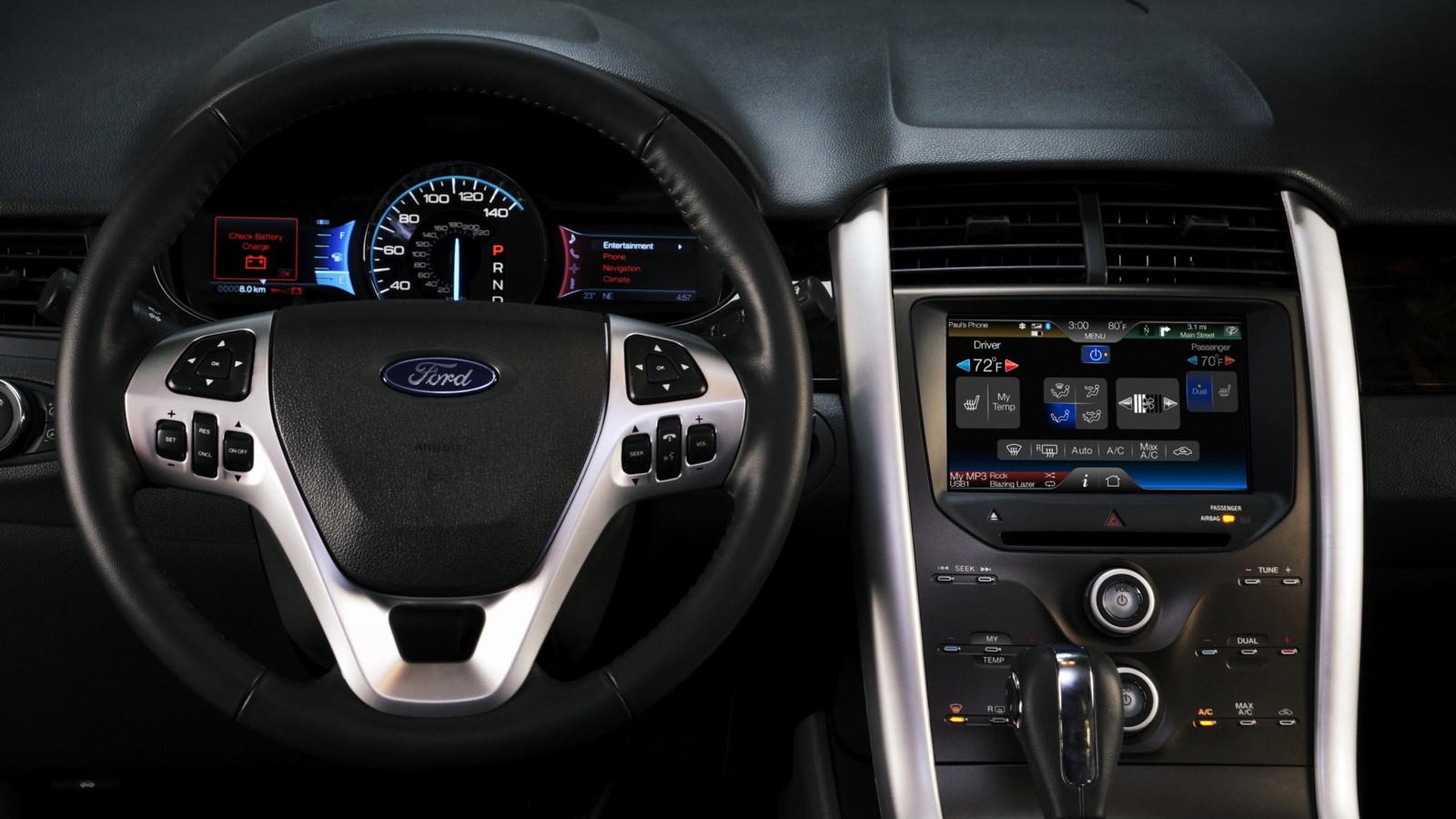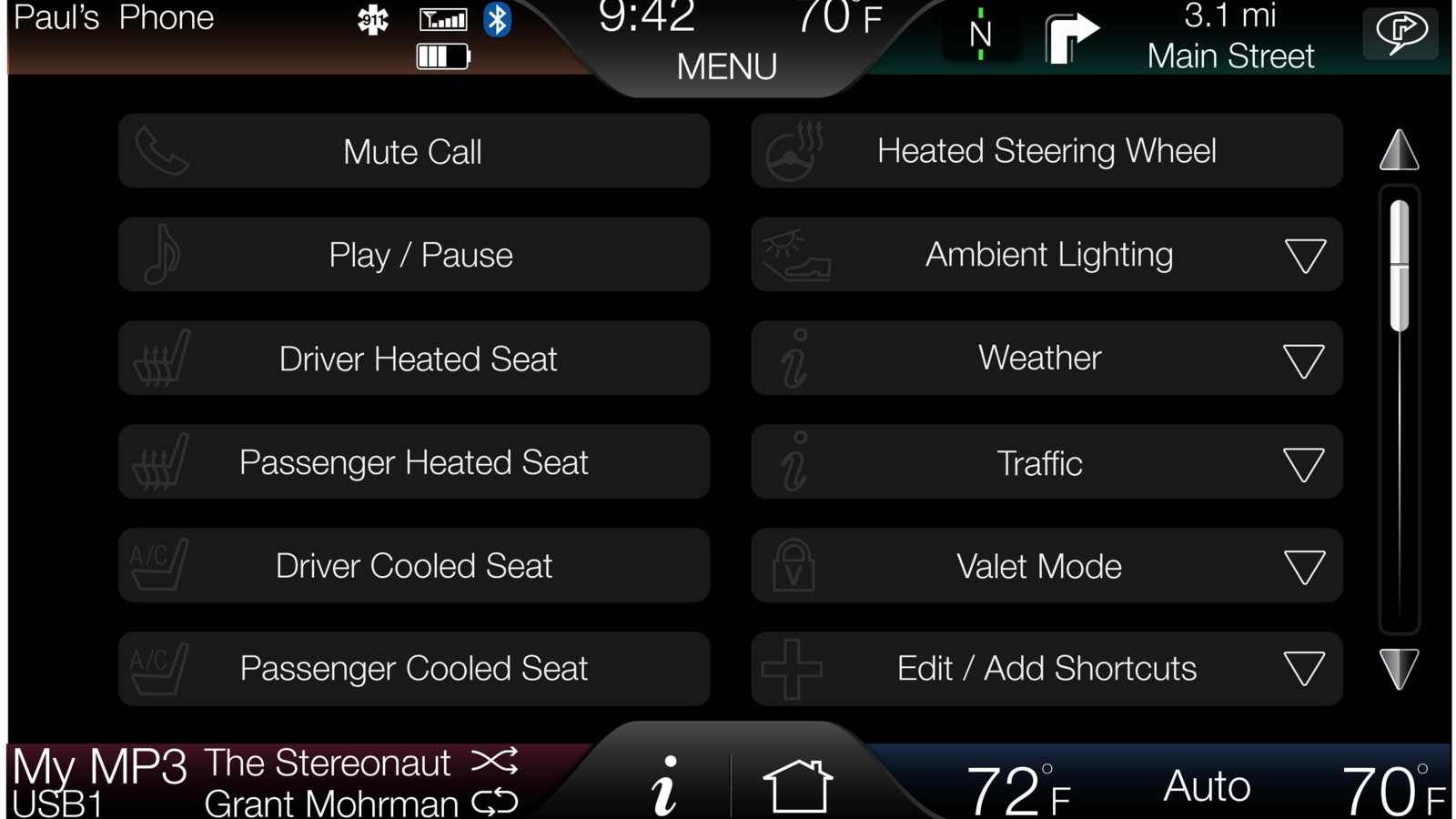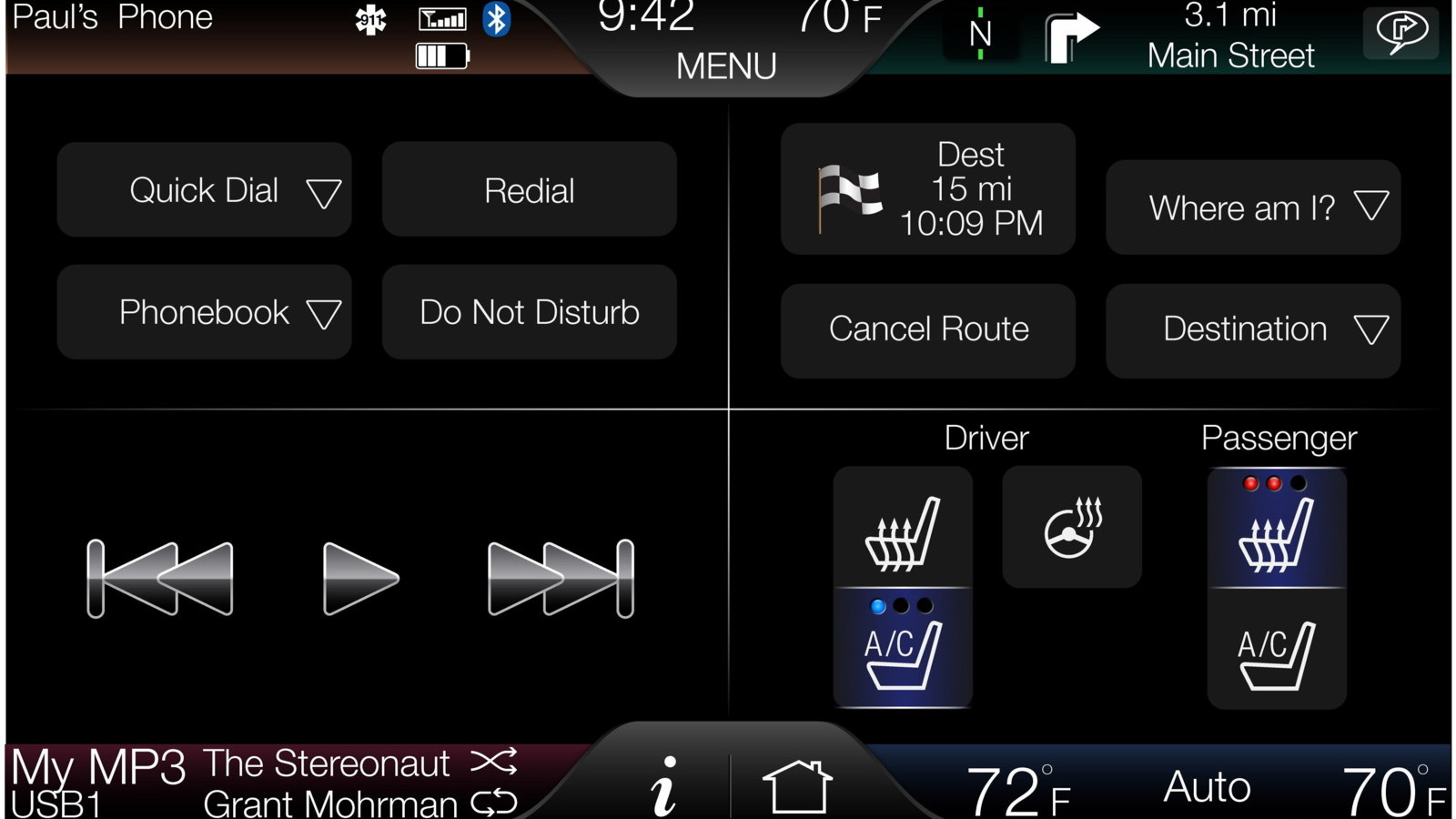Yesterday, Ford Motor Company received quite a wallop from research firm J.D. Power: after several years of steady improvement, Ford plummeted from 5th place to 23rd on the firm's Initial Quality Survey. How can Ford climb back toward the top? Better voice-interaction with the company's SYNC system could help -- and that's exactly what Ford's working on.
When J.D. Power released its findings, it cited two reasons for Ford's tumble: (1) the overly complex user interface for the MyFord Touch telematics system, and (2) clunky interaction with SYNC, which relies in part on voice commands to manage climate control, smartphone integration, and other elements. According to Power, the build quality of Ford vehicles seems fine, but that's overshadowed by the frustration that customers feel when trying to pump up (or down) the volume.
What's the solution? We can't say for sure, but a portion of it might lie in Ford's new partnership with Nuance, a tech firm that specializes in voice-recognition software. In fact, just a day before J.D. Power released its results, Ford announced that the two were working on new systems that can interpret users' commands with greater accuracy. According to a press release:
New voice capabilities are designed to understand intent and meaning of spoken words or phrases that drivers might say, which will help the speech system accurately respond to natural, conversational commands and coach users with the correct way to complete the tasks they want.
The most important word in that sentence is "intent". Merely adding words to SYNC's vocabulary is fairly easy; programming SYNC to understand intention is anything but. Basically, Ford and Nuance are asking SYNC to perform interpretive skills -- perhaps the most difficult part of any artificial intelligence system.
The curious part, though, is that based on the release, there doesn't seem to be much "learning" built into the new software. Yes, there's mention of SYNC becoming accustomed to particular accents and inflections -- but then, even the most basic voice-recognition software can pull off that stunt. What's missing is the ability for owners to enlarge SYNC's vocabulary. Granted, the 10,000 first-level commands SYNC currently knows is far more than the 100 with which it began, but to be truly functional, users should be able to add commands of their own to the system.
We're also a little worried about Ford's response to the SYNC and MyFord Touch problems: rather than working to streamline the user interface, Ford says that it's now offering classes for new owners to walk them through the two systems. That may be a useful short-term solution for owners of present-day Fords, but unless the interface between driver and car becomes more intuitive, there'll be even more trouble for Ford down the road.
[Ford]






